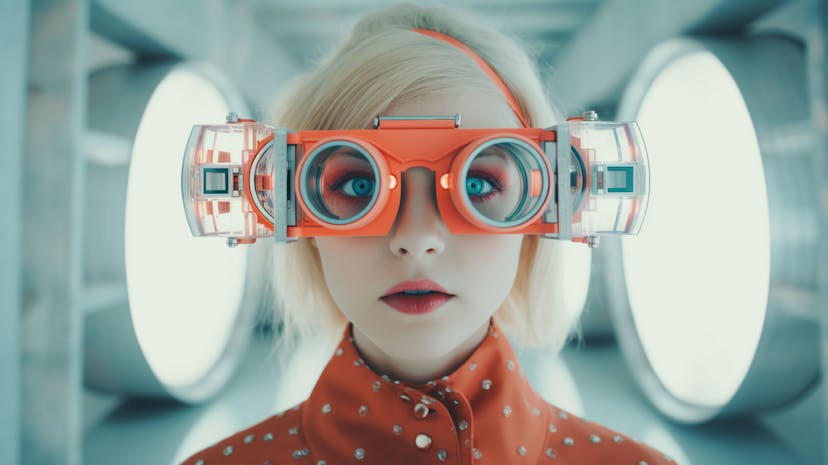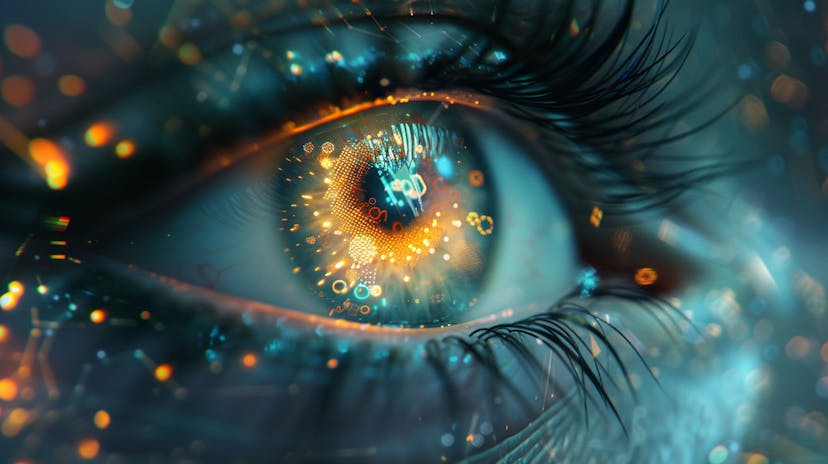
Do You Need To Tell The DVLA About Your Laser Eye Surgery?
In most cases, you do not need to inform the DVLA after having laser eye surgery, as long as your vision meets the legal driving standards. However, if you previously had a condition that required you to notify the DVLA, such as severe myopia or another vision impairment, you may need to update them after surgery. It’s always best to check the latest DVLA guidelines to ensure you remain compliant with driving regulations.
2025 DVLA Eyesight Standards
The Driver and Vehicle Licensing Agency (DVLA) mandates specific eyesight standards for drivers in the UK to ensure road safety. All drivers must be able to read a vehicle number plate from a distance of 20 metres (approximately 65 feet) in good daylight, with corrective lenses if necessary. Additionally, drivers should have a visual acuity of at least 0.5 (6/12) on the Snellen scale when using both eyes together, or in the single eye if monocular. An adequate field of vision is also required, which your optician can assess.
For bus and lorry drivers (Group 2), the standards are more stringent. They must have a visual acuity of at least 0.8 (6/7.5) in the better eye and 0.1 (6/60) in the other eye, with corrective lenses not exceeding a power of (+)8 dioptres. A horizontal visual field of at least 160 degrees is also required.
It's recommended to have regular eye tests, at least every two years, or more frequently if advised by an optician. If you experience any changes in your vision that affect your ability to meet these standards, you must inform the DVLA. Failure to do so can result in a fine of up to £1,000 and potential prosecution if you're involved in an accident due to impaired vision.
For more detailed information, refer to the DVLA's guidance on visual disorders and driving.
Visual disorders assessing fitness to drive

Driving With Eye Conditions
| Eye Condition | Effect on Vision | Impact on Driving |
|---|---|---|
| Astigmatism | Causes blurred or distorted vision, with lights appearing to have spikes or streaks. | Can make headlights, streetlights, and traffic signals appear excessively bright or elongated, reducing visibility at night. |
| Myopia (Short-sightedness) | Distant objects appear blurry, while near vision remains clear. | Difficulty reading road signs, especially at night or in poor weather conditions. |
| Hyperopia (Long-sightedness) | Nearby objects appear blurry, while distant vision is clearer. | Can cause eye strain and difficulty focusing on dashboard instruments or GPS screens. |
| Cataracts | Cloudy or hazy vision, increased glare from lights. | Difficulty seeing in low-light conditions, increased glare from headlights, and reduced contrast sensitivity. |
| Glaucoma | Loss of peripheral vision, leading to tunnel vision. | Reduced awareness of vehicles, pedestrians, or hazards outside of central vision. |
| Macular Degeneration | Blurry or blind spots in central vision. | Difficulty seeing road signs, recognising other vehicles, or responding to traffic lights. |
| Diabetic Retinopathy | Blurred vision, dark spots, and fluctuating vision quality. | Inconsistent vision can make it hard to judge distances or react to moving objects on the road. |
| Night Blindness (Nyctalopia) | Difficulty seeing in low-light conditions. | Increased danger when driving at night, as it becomes harder to see road signs, pedestrians, and obstacles. |
| Presbyopia | Difficulty focusing on close objects, especially in dim light. | Struggles with reading dashboard controls, maps, or navigation systems. |
| Dry Eye Syndrome | Burning, irritation, and fluctuating vision. | Can cause discomfort and sudden vision changes, especially in air-conditioned vehicles or with prolonged screen use (e.g., GPS). |
Can These Driving Eye Conditions Be Fixed?
At My-iClinic, we understand how crucial good vision is for safe driving. Many people don’t realise that even minor eye conditions can significantly impact their ability to drive safely—especially at night or in poor weather conditions. Blurred vision, glare sensitivity, and reduced peripheral vision can all increase the risk of accidents. The good news is that many of these conditions can be corrected or managed with the right treatment.

For example, astigmatism, which causes lights to appear as streaks or spikes at night, can often be corrected with glasses, contact lenses, or laser eye surgery. Take our simple online astigmatism test here.
Similarly, short-sightedness (myopia) and long-sightedness (hyperopia) can be treated with prescription eyewear or advanced laser procedures such as SMILE, LASIK, or LASEK. If you struggle with night vision or have trouble reading road signs from a distance, it’s worth getting a professional eye assessment to explore your options.
More complex conditions, such as cataracts and glaucoma, require specialist care. Cataracts can be fully treated with cataract surgery, replacing the cloudy lens with a clear, artificial one—restoring sharp vision and reducing glare from oncoming headlights. Glaucoma, which affects peripheral vision, requires early detection and ongoing management to prevent further deterioration. Regular eye tests are vital (check out our free online laser eye test) for catching these issues early before they pose a serious risk to your driving ability.
My-iClinics Tips for Safe Driving with Vision Issues
Many drivers may not realise how small adjustments can improve their safety on the road. Adding a tips section could help those with mild vision problems:
- Use anti-glare lenses – If you wear glasses, consider an anti-reflective coating to reduce glare from headlights.
- Adjust your car settings – Clean your windshield regularly, ensure your headlights are correctly aligned, and adjust brightness on dashboard displays.
- Take regular breaks – If you have dry eyes or eye strain, resting your eyes during long drives can help maintain focus.
- Avoid driving at night if struggling – If night blindness or glare sensitivity is affecting your confidence, avoid late-night travel and book an eye test.
Feel Safe Behind The Wheel With My-iClinic
At My-iClinic, we offer cutting-edge vision correction treatments to help drivers regain clarity, reduce glare, and feel confident behind the wheel. Whether you need laser eye surgery, premium lens implants, or specialist eye care, we can help you find the best solution. If you’re experiencing vision problems while driving, don’t wait—book a consultation today and ensure your eyesight is road-ready.
Find out more by Speaking to our team









